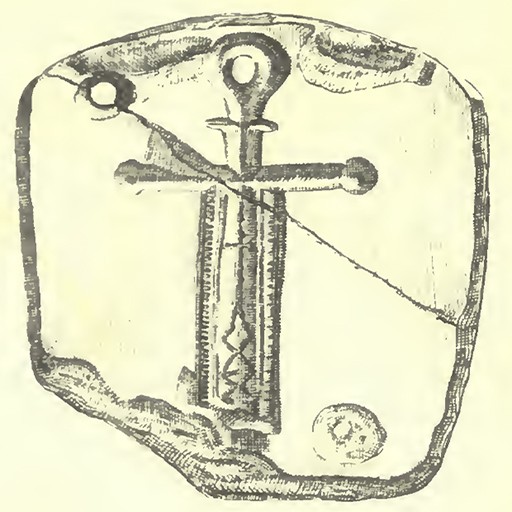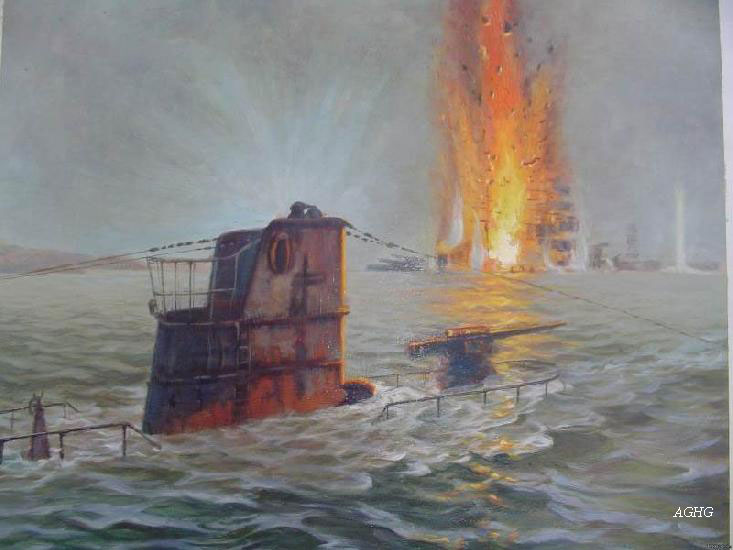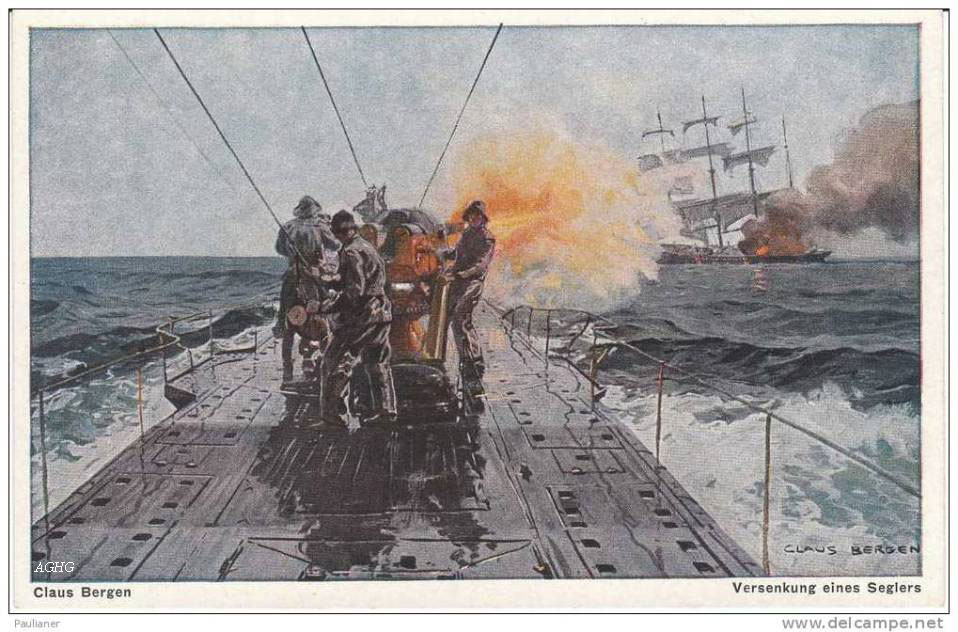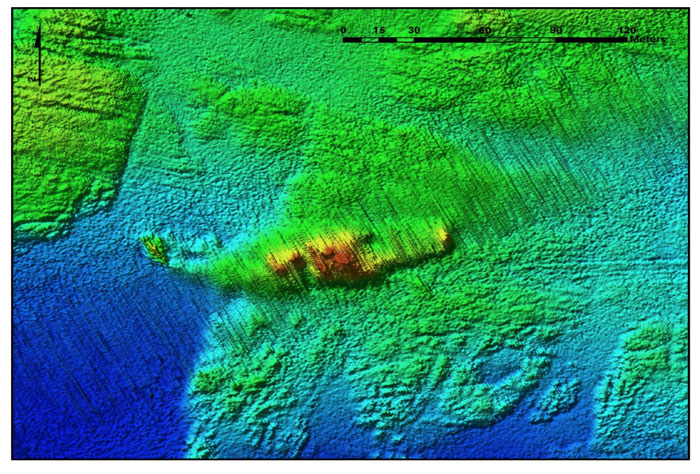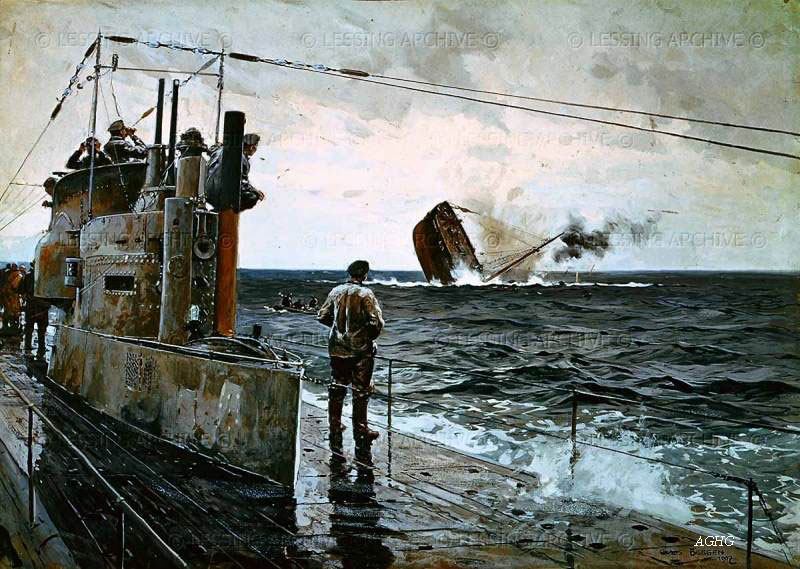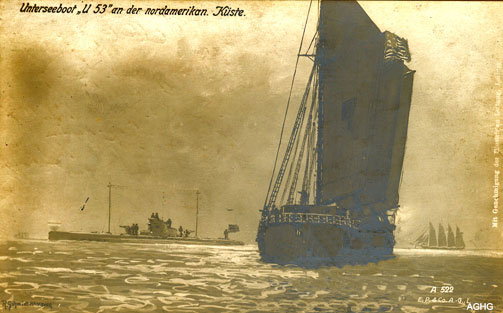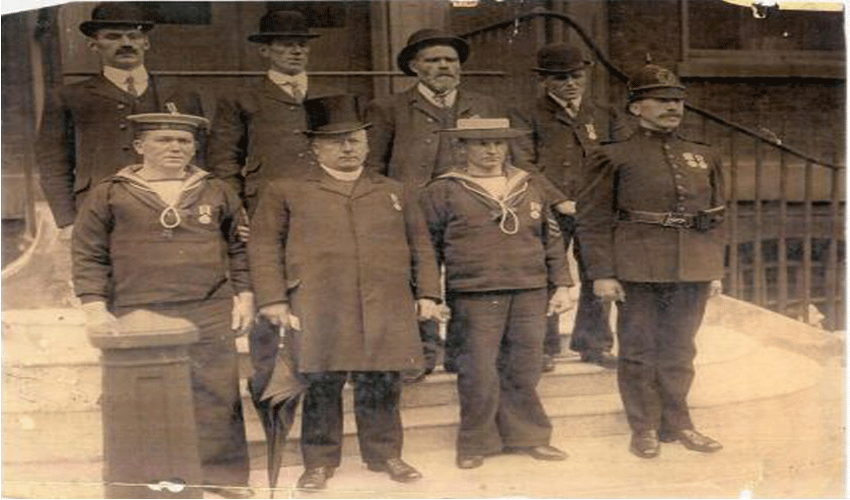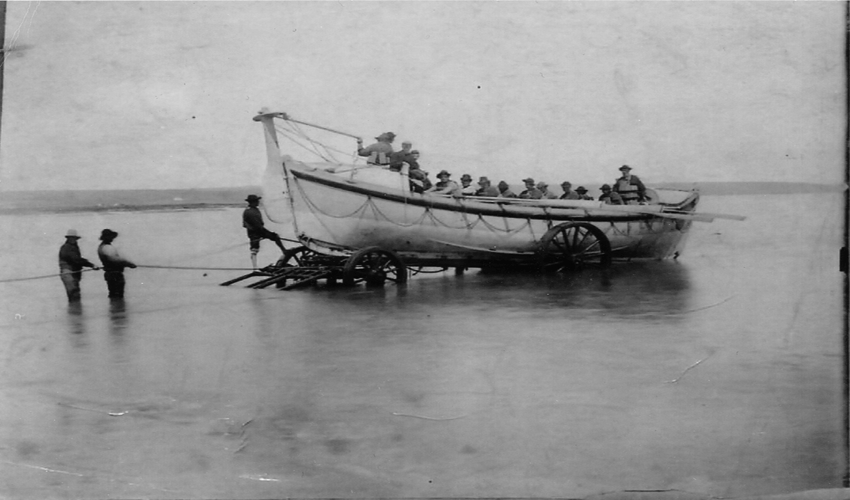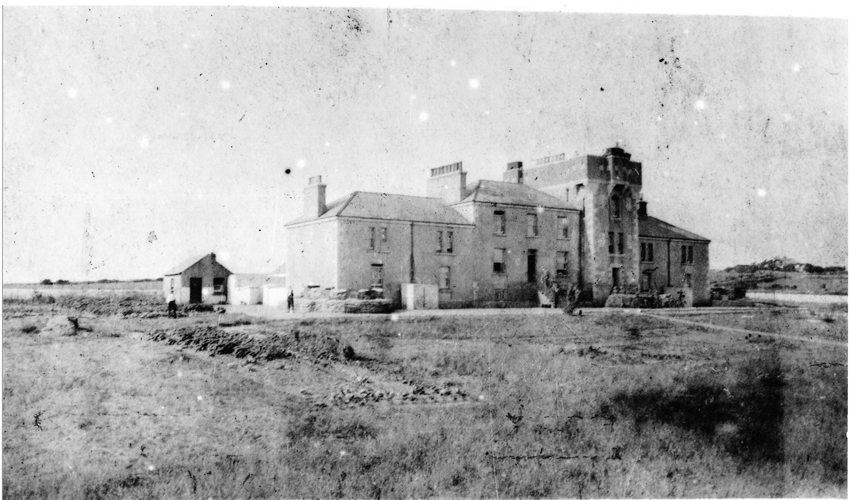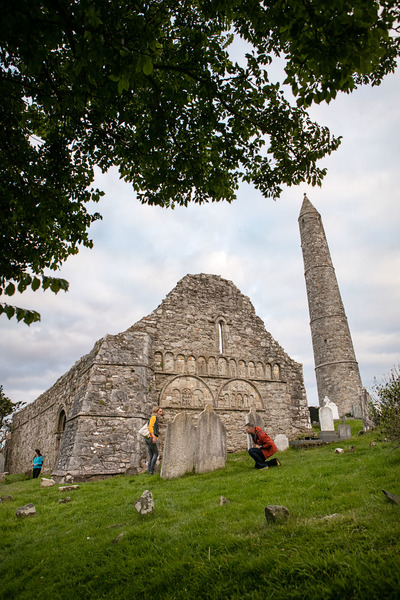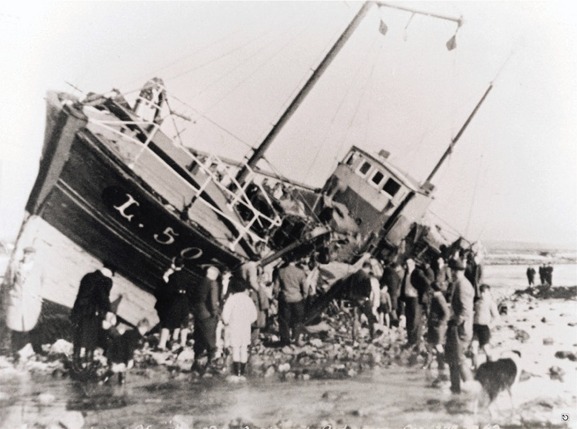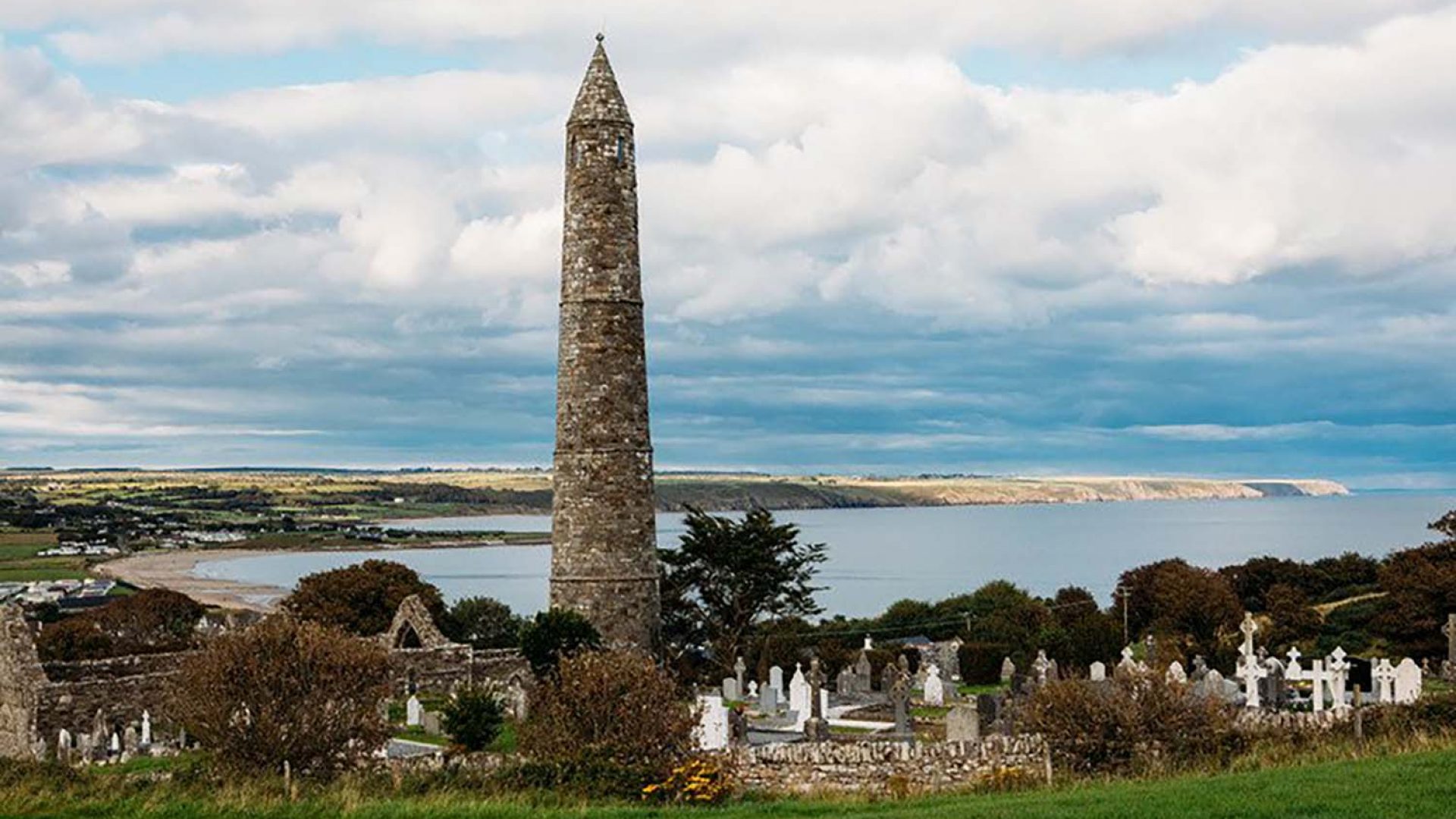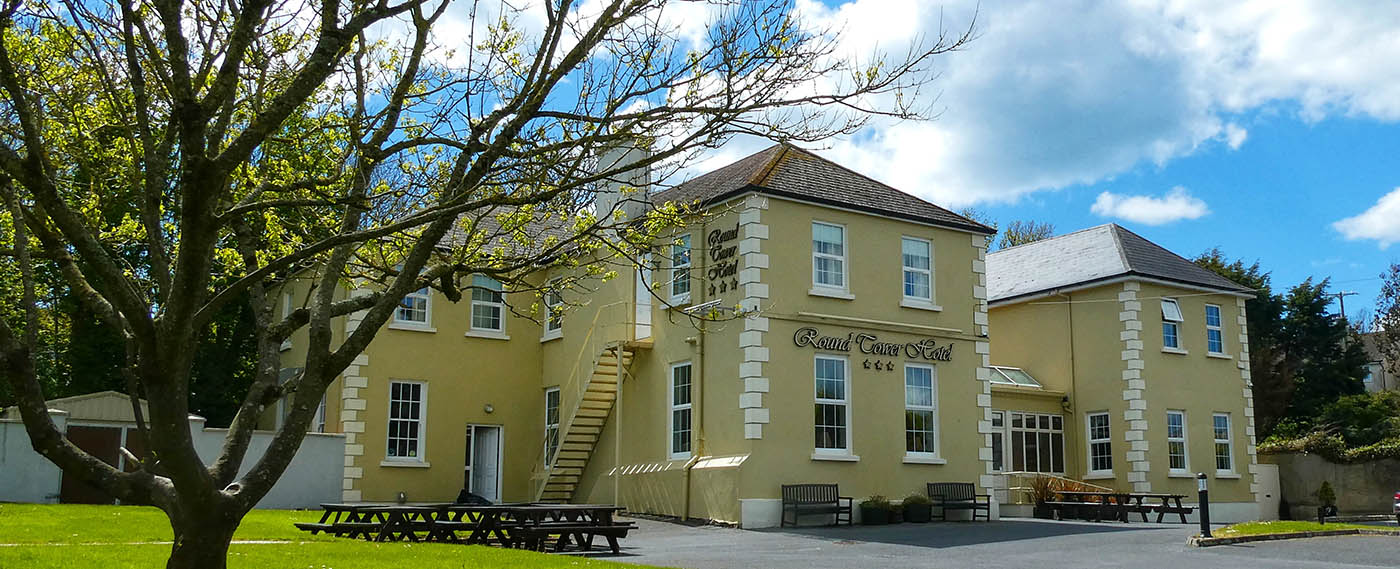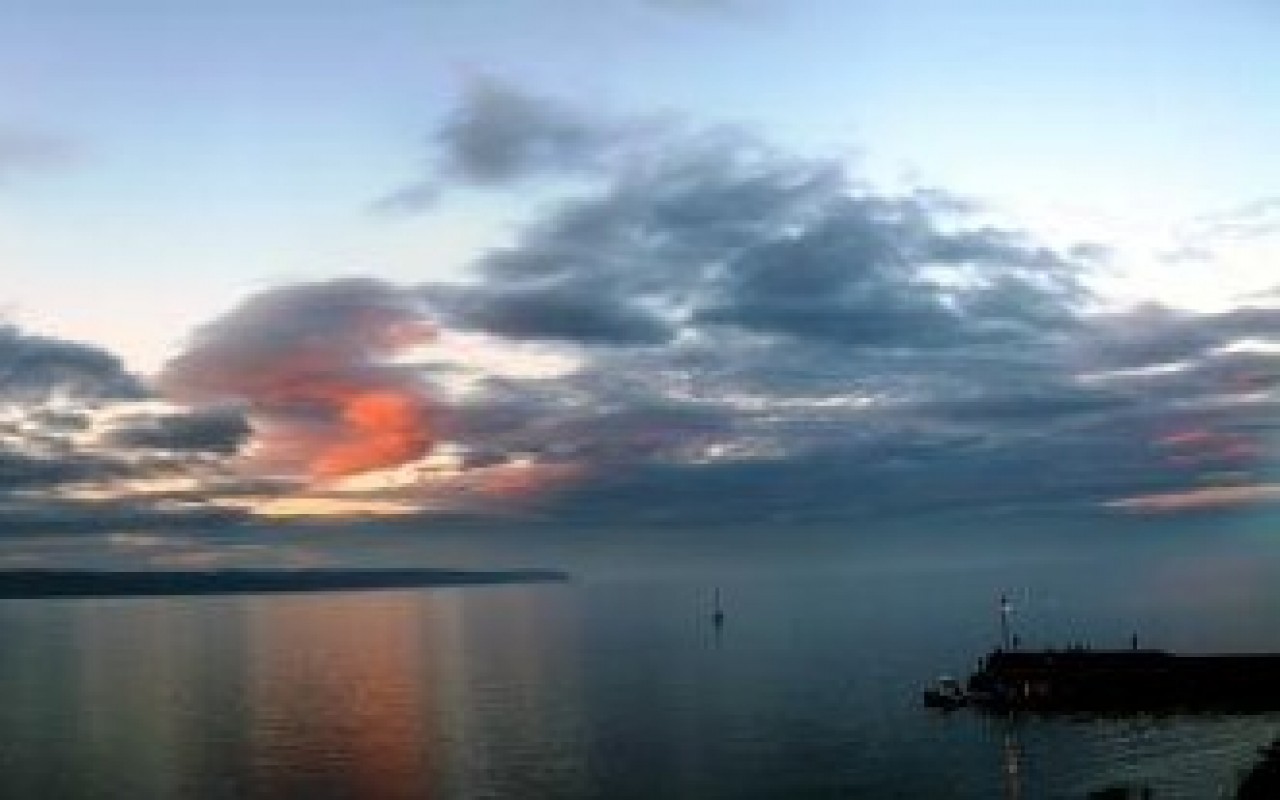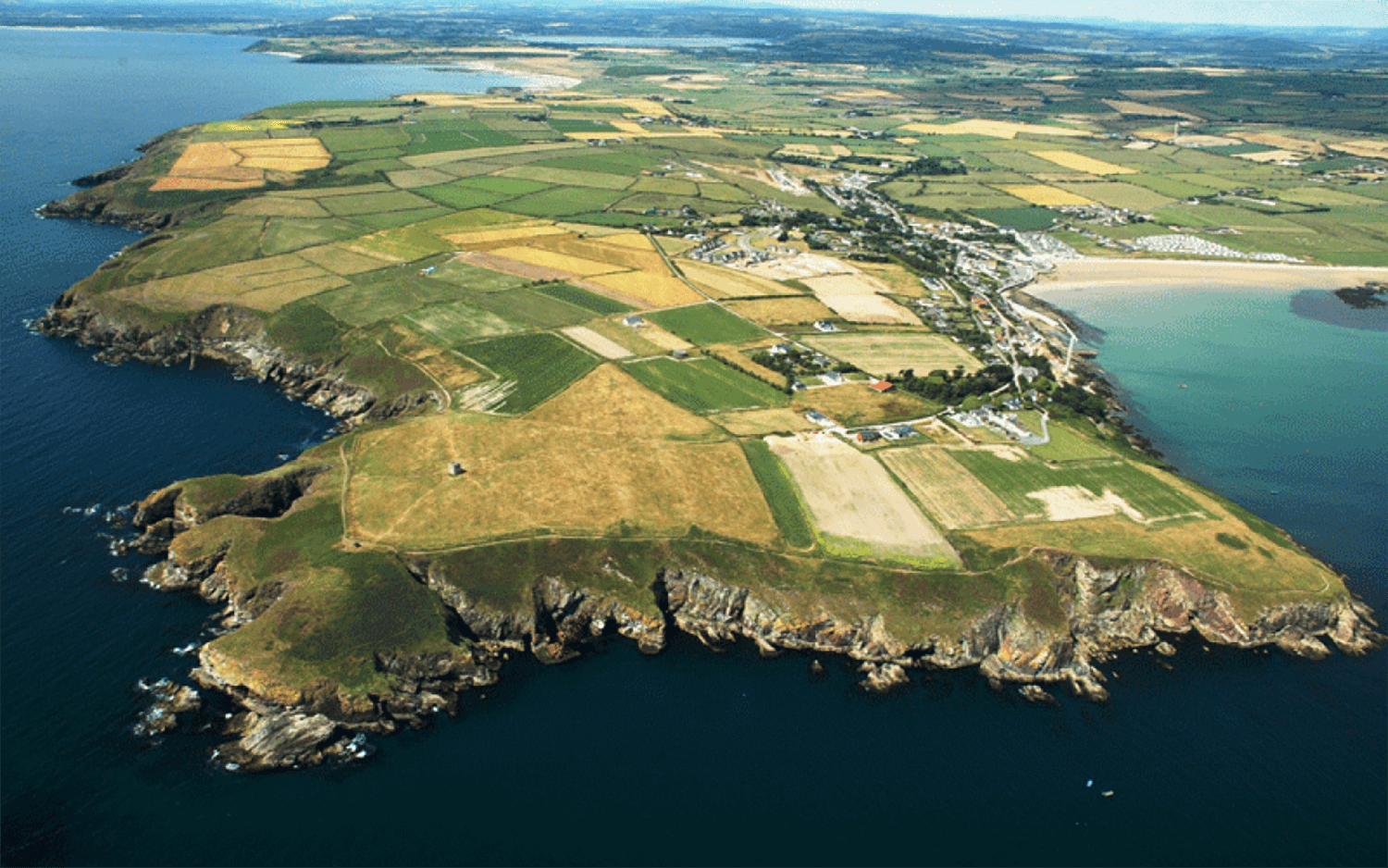A Fateful Journey
On a foggy St. Patrick’s Day in 1917, the SS Folia, a passenger liner turned cargo ship, met its tragic end off the coast of Ardmore, Ireland. This 145-meter vessel, once a proud member of the Cunard Line fleet, was on a vital mission carrying war supplies from New York to Bristol when disaster struck.
The Mysterious Encounter
As the Folia navigated through the treacherous waters, shrouded in mist, it suddenly found itself in the crosshairs of an unseen enemy. Without warning, a German U-boat unleashed a devastating torpedo attack. The ship’s fate was sealed in mere moments as it succumbed to the icy depths of the Celtic Sea.
A Testament to Bravery
Despite the chaos and terror of the attack, the crew’s heroic efforts shone through. Their quick thinking and courage resulted in a remarkable feat – all 70 souls aboard were saved from the sinking vessel. This triumph of the human spirit in the face of adversity is a testament to seafarers’ resilience.
The Folia’s Legacy
Today, the wreck of the Folia lies silently on the seabed, a mere 5 kilometers off Ram Head. At a depth of 40 meters, it has become a captivating destination for experienced divers. These underwater explorers can witness history frozen in time as they navigate through the ship’s remnants.
A Diver’s Paradise
The Folia’s wreck offers a mesmerizing experience for those brave enough to explore its depths:
- Marine Life Haven: The sunken ship has transformed into a thriving artificial reef, teeming with diverse marine life.
- Historical Treasure: Divers can observe the ship’s structure, including its impressive boilers and propeller shaft.
- Photography Opportunities: The clear waters provide excellent visibility for underwater photography enthusiasts.
Preserving Maritime History
The wreck of the Folia serves as more than just a dive site. It’s a powerful reminder of the perils faced by merchant ships during World War I and the human stories behind these maritime tragedies. As we explore and study this underwater time capsule, we honor the memory of those who sailed these waters over a century ago.
Whether you’re a history buff, a diving enthusiast, or captivated by tales of the sea, the story of the Folia offers a glimpse into a pivotal moment in maritime history. It is a silent sentinel, inviting us to remember, explore, and marvel at the secrets hidden beneath the waves off Ardmore’s picturesque coast.
Citations:
[1] https://www.ardmorewaterford.com/the-wreck-of-the-folia-ardmore/
Why The Wreck Of The Folia Lies Peacefully Off Ardmore
On March 11, 1917, the Folia, was en route from New York to Bristol, and traveling off the coast of County Cork when she was torpedoed and sunk by the German submarine U-53 with the loss of seven lives.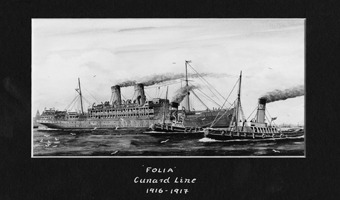
We permission, we are pleased to include information from the INFOMAR project about where the ship is located.
LOCATION
The Wreck is Location 7km South of Ram Head. Coordinates -07° 41’ 20.77” W 51° 52’ 51.82” N and at a water depth of 33 m.
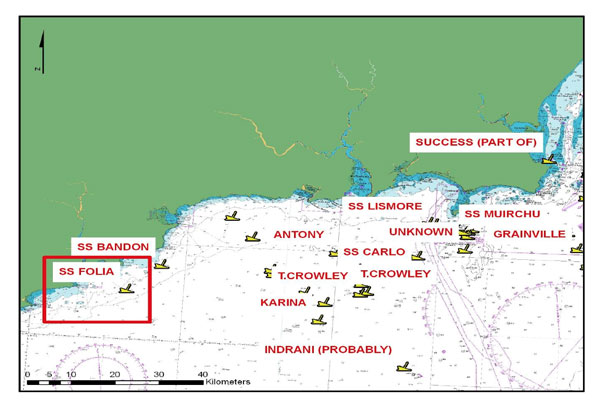
DIVE INFORMATION
The SS Folia lies in a general sea depth of 33m and is orientated almost E-W and is badly broken up. A few high points remain including the bow area, the boilers, and the stern area consisting of the rudder and small antiaircraft gun.
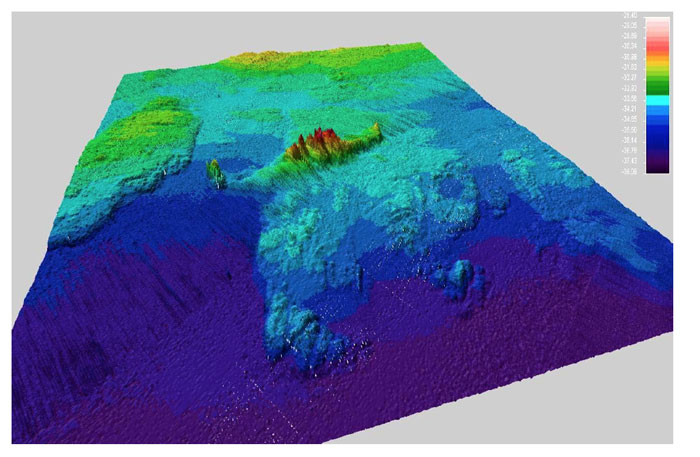
Wrecks over 100 years old and archaeological objects found underwater are protected under the National Monuments (Amendment) Acts 1987 and 1994. As the SS Folia is over 100 years old, it is protected and a license is required to dive the site which can be obtained
from:
www.archaeology.ie/servlet/apply_licence.jsp
Under the legislation, all diving on protected wreck sites or with the intention of searching for archaeological underwater material is subject to such licensing requirements.
ABOUT INFOMAR
Covering some 125,000 square kilometers of underwater territory, INFOMAR (the INtegrated Mapping FOr the Sustainable Development of Ireland’s MARine Resource) project will produce integrated mapping products covering the physical, chemical, and biological features of the seabed. INFOMAR will initially focus on 26 priority bays and three priority areas around the coast delivering: hydrographic maps, illustrating everything from sandbars to underwater canyons and cliffs; seabed classification maps showing the type of sediment on the seabed. INFOMAR provides key baseline data to support coastal and inshore development.
Making this information available to the world aims to stimulate research and development
of Ireland’s 220 million acres under the sea. The data will be of interest to fisheries managers, aquaculture operators, coastal zone managers and engineers, offshore engineering
interests, licensing authorities, and those carrying out environmental impact
assessments. Indeed this unique dataset is of interest in its own right because of the sheer volume of data collected
FURTHER READING/REFERENCES
www.infomar.ie
www.irishwrecksonline.net
http://www.archaeology.ie/en/Shipwreck
Database/
http://www.infomar.ie/data/Shipwrecks/Box42/pdfs/Folia_Final.pdf
